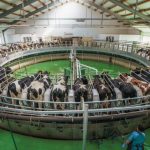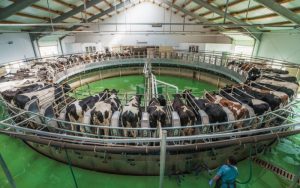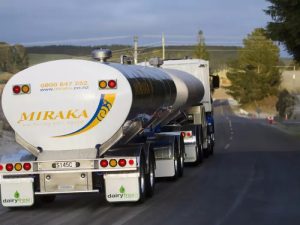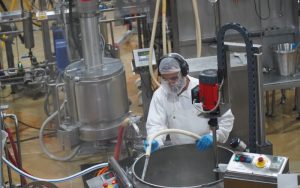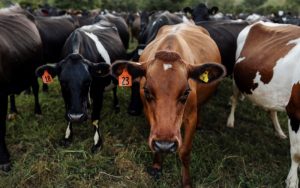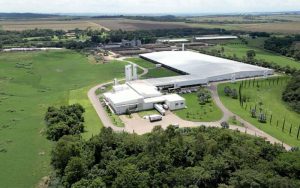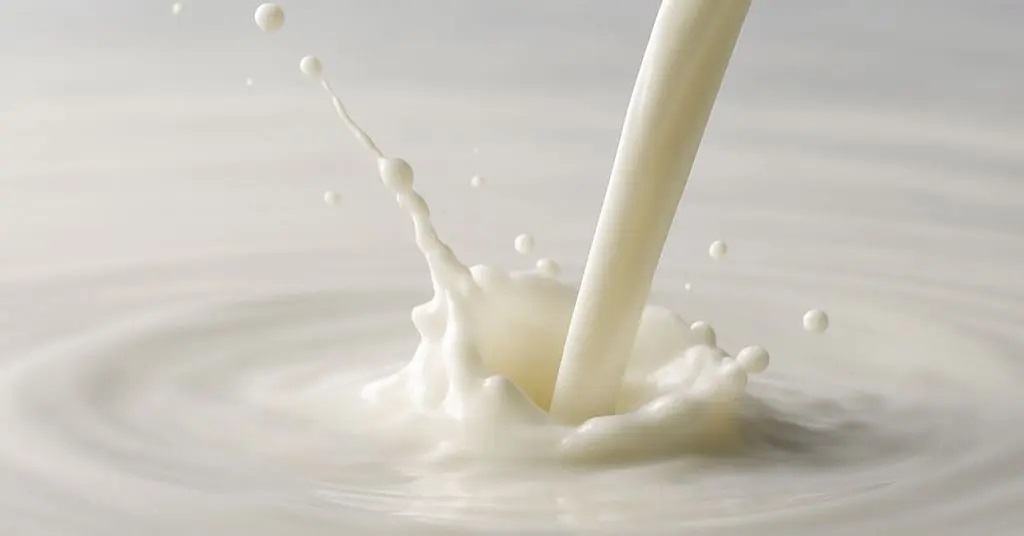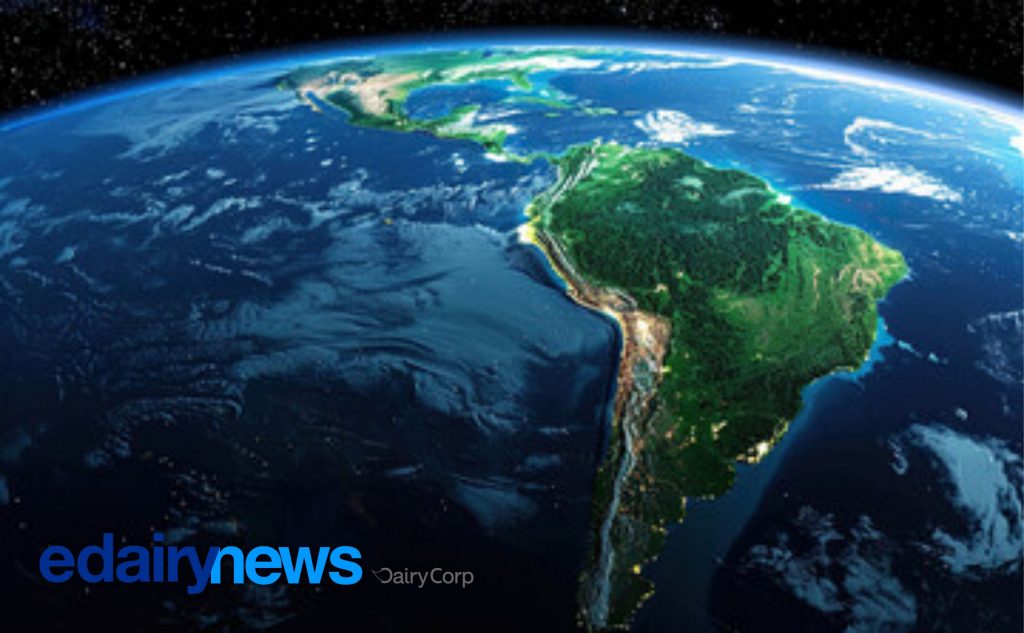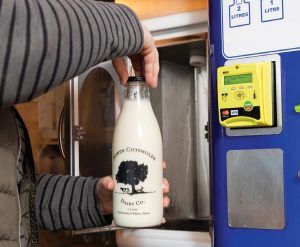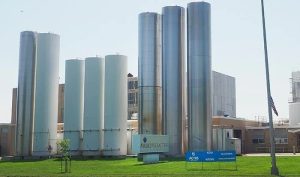
FTA India–New Zealand: Opportunity or Risk for the Dairy Sector?
India and New Zealand are negotiating a Free Trade Agreement (FTA) that could redefine global dairy trade—but at what cost?
This week, from 1 to 7 September 2025, the third round of bilateral negotiations has captured the attention of the global dairy industry.
With New Zealand, the world’s largest dairy exporter, seeking access to the Indian market—the largest producer and consumer globally with 239 million tonnes annually—the potential of this pact is immense, yet fraught with tension.
While shares of giants like Fonterra are trading higher on the NZX, concerns are mounting in India over the impact on 70 million small-scale farmers. Is this a turning point or a looming threat?
A Dairy Tug-of-War
Talks, resumed after a hiatus since 2016, focus on market access.
New Zealand, led by its cooperative Fonterra, exports more than 95% of its dairy production, generating NZ$23.7 billion in 2024. India, with tariffs of 30–60% on products like milk powder and cheese, shields its domestic producers, including cooperatives such as Amul and Nandini.
According to Agrodigital, this round has made progress in goods and services, but the dairy sector remains the main stumbling block, with India resisting large-scale imports to preserve its self-sufficiency.
The Indian government, under the “Atmanirbhar Bharat” initiative, prioritises protecting its farmers, while New Zealand seeks to reduce its reliance on China, its main market.
An FTA could potentially double bilateral trade, but India is only considering limited imports of value-added products such as whey powder or mozzarella.
Impact on the NZX and Global Market
In New Zealand, optimism is rising over a potential deal. Companies such as Fonterra, a2 Milk, and Synlait could benefit from even limited access to the Indian market of 1.4 billion consumers
This week, the GDT index reported a 4.3% drop in dairy prices (2 September), but an FTA could help stabilise them in the long term. This agreement could redefine global dairy trade, intensifying competition with the US and EU in Asia.
However, the pact is not without risks. Unrestricted access for New Zealand products such as milk powder could displace Indian producers, according to eDairyNews. Selective opening to specialised ingredients seems the most viable path, but consensus has yet to be reached.
India: Between Tradition and Openness
For India, the FTA represents a dilemma. Its dairy sector, deeply cultural and economic, sustains millions of rural families. Domestic production meets internal demand, driven by the consumption of chai, paneer and traditional sweets.
However, collaborating with New Zealand on dairy technology or genetics could modernise the sector.
Indianewsnetwork reports that Prime Ministers Modi and Luxon, following meetings in March, agreed to accelerate negotiations, yet India insists on a balanced deal.
What’s Next?
This agreement will not only shape the future of dairy trade but also set a precedent for economic integration in the Asia-Pacific region.
While New Zealand dreams of an open Indian market, India defends its dairy legacy. The world is watching, and the outcome could change the rules of the game.
Valeria Hamann
EDAIRYNEWS
You can now read the most important #news on #eDairyNews #Whatsapp channels!!!
🇺🇸 eDairy News INGLÊS: https://whatsapp.com/channel/0029VaKsjzGDTkJyIN6hcP1K


